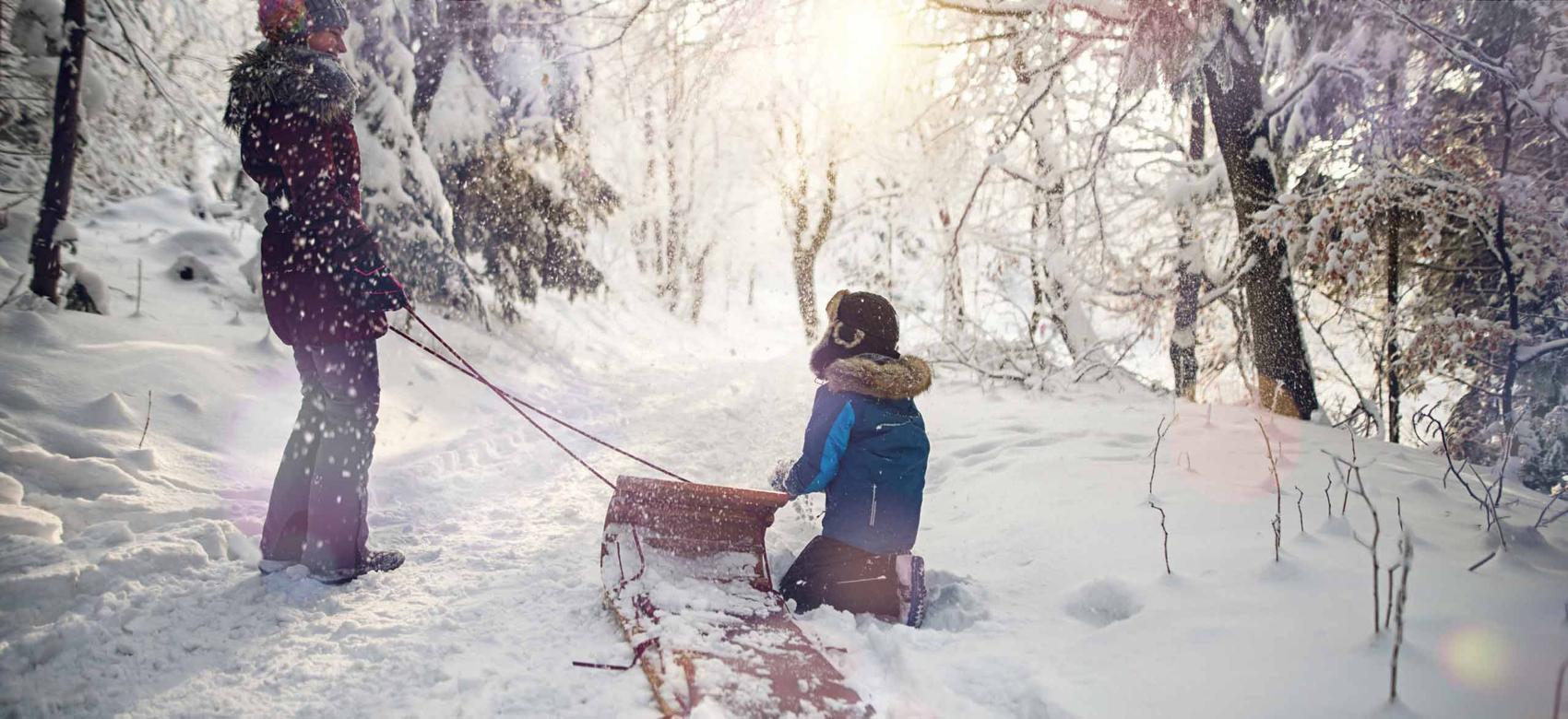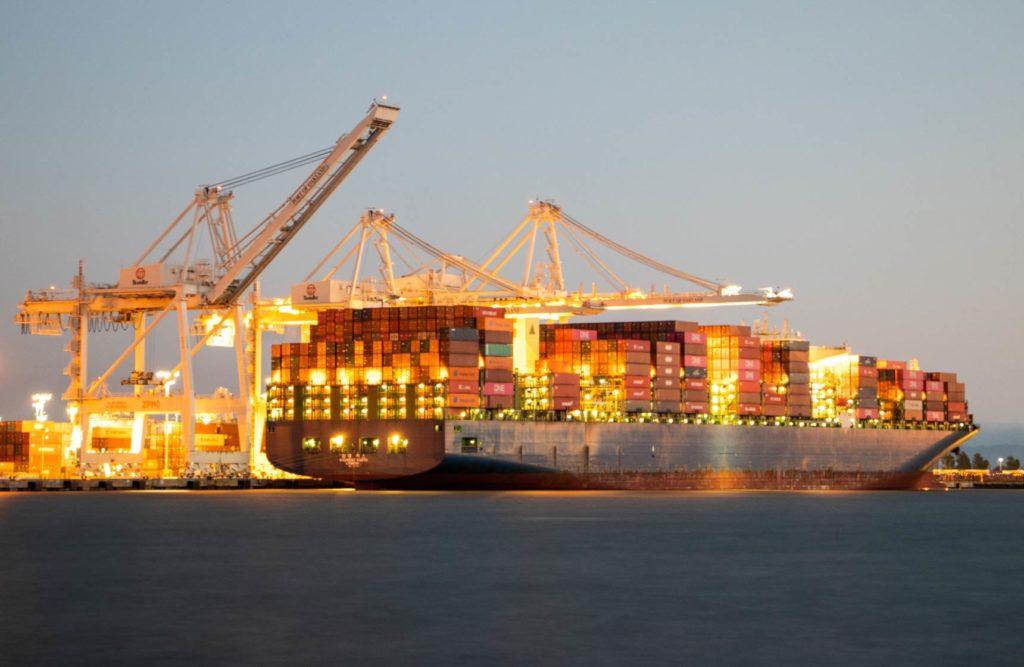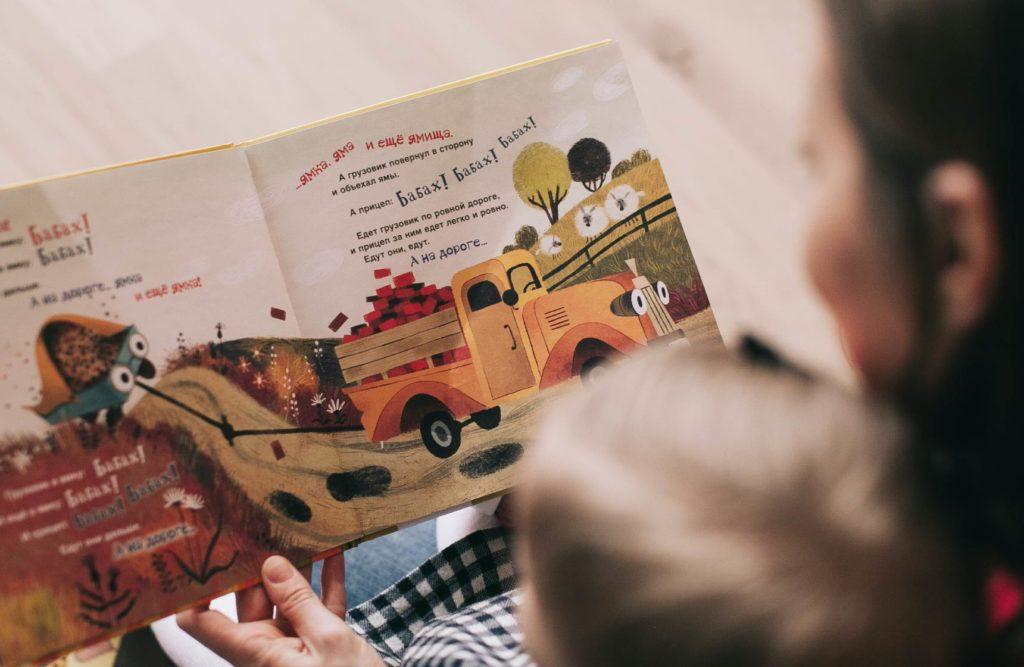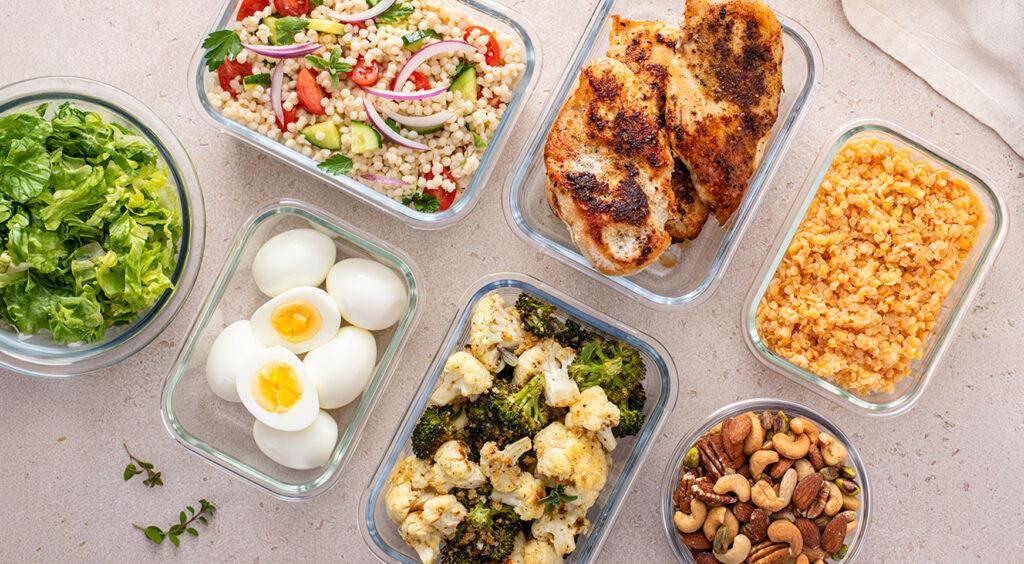Second-hand gifts, new experiences: shaking up holiday gift giving
By Carolyn Ali

More sustainable options can help beat inflation while reducing landfill waste
The cost of holiday gift giving has gone up. But even with inflation, spending more on gifts is not inevitable. Shifting our attitudes toward more sustainable gift giving could not only help save money, it comes with a host of climate-friendly benefits.
Dr. Katherine White researches what motivates consumers to make more sustainable choices. A professor in the UBC Sauder School of Business, she says that in the realm of gift-giving, there is plenty of opportunity for behavioural change toward a more sustainable holiday.
“When municipalities measure waste that goes to landfill, they get a big spike around Christmas,” Dr. White notes. “A lot of that is wrapping and packaging.”
According to Zero Waste Canada, household waste can increase by over 25 per cent over the holiday season, and within six months, only one per cent of everything the average person buys is still in use.
Unwanted gifts, such as plastic toys from Christmas crackers and weird candles from the Secret Santa gift exchange, can end up in the garbage.
In Canada, only nine per cent of plastic waste Canadians produce is recycled, so curbing consumption is important.
“Remember that ‘reduce, reuse, and recycle’ is an ordered list,” says Dr. David J. Hardisty, who also researches marketing and consumer behaviour at the UBC Sauder School of Business. “Reduce is number one.”

Supply-chain environmental impact
The environmental impact of a new product goes far beyond its end-of-life waste.
“There’s actually many times that the true amount of waste is not visible to you—both upstream and downstream—in the production process,” Dr. Hardisty explains.
Think about the supply chain for new products.
“They have to mine the material out of the ground, and there’s waste products and vehicles involved in that,” Dr. Hardisty says.
“Then they have to take the material to a factory to refine it and then they send it to another place and there’s all this transportation pollution and waste. And then, they put it together into a product.”
After it is assembled, the item has to be shipped to yet another place to be sold.
“And then, finally it gets put in a plastic bag when you buy it and it comes to your door,” Dr. Hardisty emphasizes. “And after you throw it out, the truck has to come to pick it up—and then it goes to another place, when it goes to the dump.”
The alternative? Exercise a lesser-known “R” in the “reduce, reuse, recycle” hierarchy: simply “refuse” to acquire new stuff.
“The most sustainable thing we can do is not buy that product in the first place,” Dr. White explains. However, she acknowledges, refusing to buy is especially tough during the holidays because we want to do nice things for people, and give gifts.

Toward more sustainable gift giving
This doesn’t mean we have to give new things.
“Part of it is about changing attitudes,” says Dr. Hardisty. “People have positive associations with new things: new things are better and nicer and cleaner. People think if you’re not well-off you buy used stuff, but if you’re economically successful you should be able to buy new things.”
Yet giving used, recycled or refurbished products—or experiences instead of objects—can help build a more sustainable circular economy.
Holiday traditions die hard, however, and not everyone in your social circle is going to be pleased with that re-gifted candle.
Below, Dr. White and Dr. Hardisty offer six strategies that can help us all start the shift to more sustainable gifting.
Focus on the individual
If you’re advocating more sustainable giving in your social circle, figure out what resonates with each person, says Dr. White. “If you’re getting somebody to change their behaviour, not everybody wants to hear that it’s good for the planet. Some people want to hear that it’s good for their family, or it will save them money, or maybe they’ll enjoy getting creative with gifts.”
Targeting motivation could lead to exchanging previously used items, gifting experiences to do as a family, or making edible gifts instead of buying them.

Get creative with gift ideas
A gift doesn’t need to be tangible. “Research shows that gifts of experiences make people happier,” says Dr. Hardisty. “People enjoy them more and they connect you to other people.”
There are plenty of creative gift ideas and ways to celebrate with less waste, says Dr. White, including offering people a service like babysitting, which they might appreciate more than anything else.
Ask people what they want
If you are buying an object, getting the recipient exactly what they want can help avoid waste. While a thoughtful surprise is often seen as the perfect gift, Dr. Hardisty says thoughtfulness can be conveyed in other ways as well. “People love getting things they requested,” he says. “It shows that you care about them, listened to them and remembered what they said.”
And, he adds: “If they say they don’t want anything, don’t give them anything.”
Tell people what you want
Conversely, if you don’t want to receive material objects, make your wishes known. “People really want to get you a thing,” says Dr. Hardisty. “Tell them you want an experience or something like food that you can consume instead. Or tell them, ‘If you feel like you have to buy me a book, get me a used book.’ Or if it’s a sweater, ‘how about one made of recycled materials?’”

Make “second-hand” cool
“What other people are doing, and what is socially acceptable, is a very big driver of sustainable behaviour,” says Dr. White. To combat the stigma of second-hand gifts, consider modifying the social rules for things like Secret Santa gift exchanges to have everyone give second-hand or re-gifted items.
Keep the traditions, reduce the stuff
Tradition and habit has a strong influence on behaviour, says Dr. White. “Figure out ways to keep the essence of tradition without having tangible things that people don’t want and just end up in the trash.” For example, if your tradition includes celebratory Christmas crackers, make them yourself out of sustainable materials and tuck in individually tailored gifts.
Learn more about how consumption habits affect ocean health
Carolyn Ali is a writer for UBC Brand and Marketing. This article was published on November 23, 2021 and updated on November 22, 2022 and December 4, 2024. Feel free to republish the text of this article, but please follow our guidelines for attribution and seek any necessary permissions before doing so. Please note that images are not included in this blanket licence.


